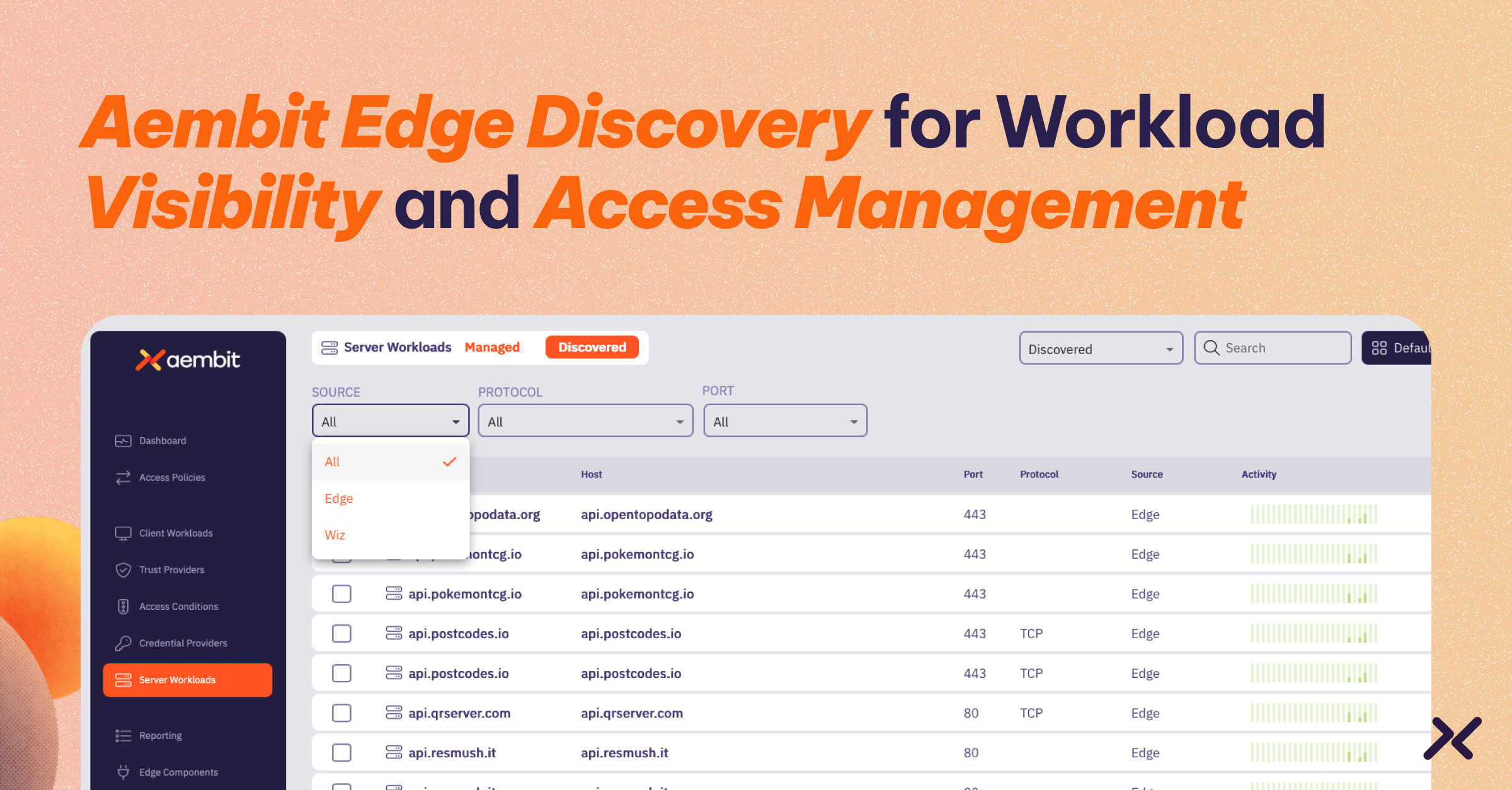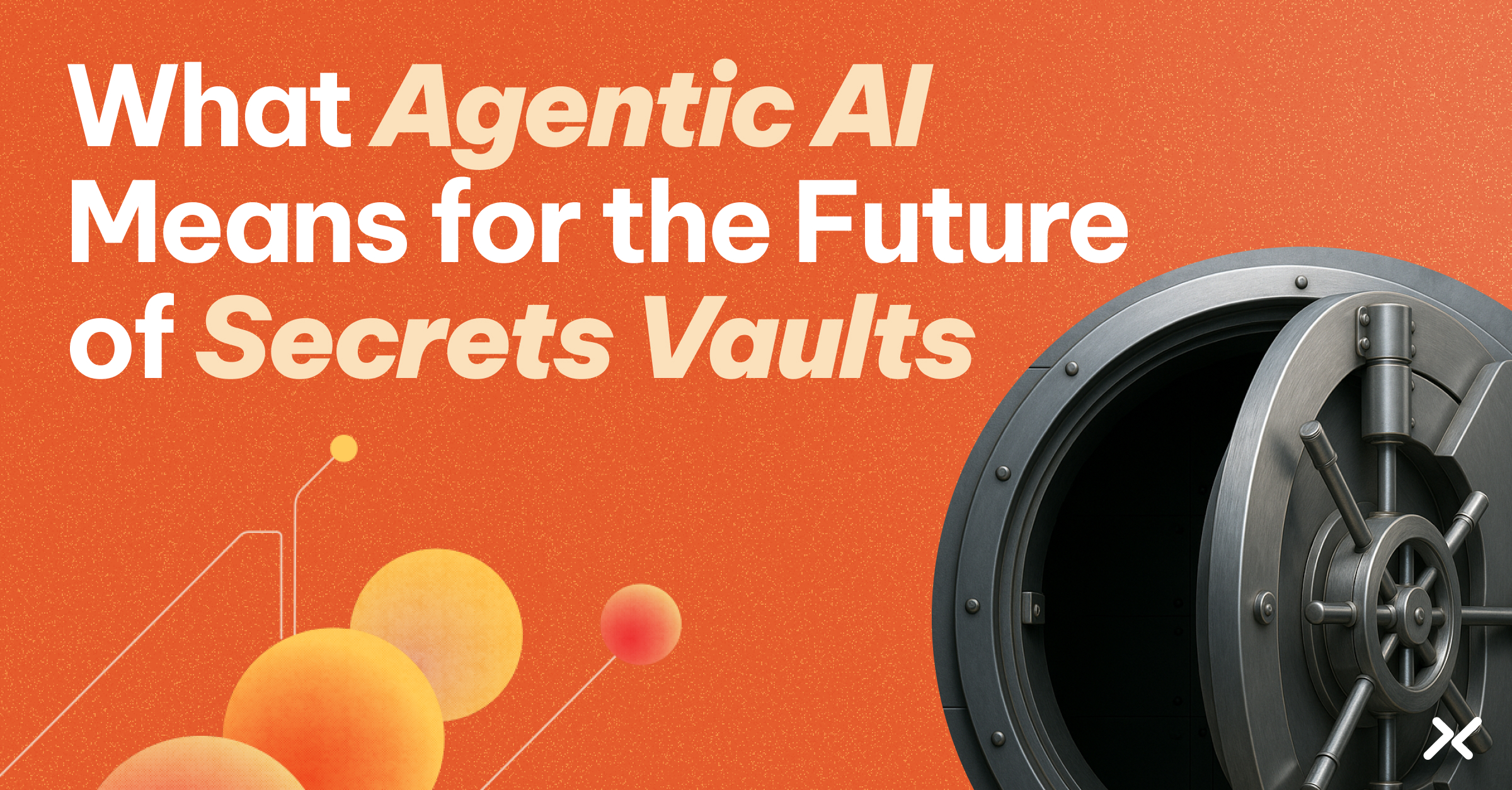Over a decade ago, businesses that neglected to modernize their user identity and access management (IAM) practices learned their lesson the hard way. Now the same reckoning could be coming for businesses with a lackluster workload identity posture.
Years ago, it was not uncommon for even distinguished organizations to be relying too heavily on old-fashioned user identity methods like using weak passwords and failing to update access rights when employees changed roles or left the company. These transgressions contributed to a bevy of high-profile data leaks, which captured widespread media attention and led to significant monetary losses, reputational harm, and customer disruptions.
Now, consider these same risks but in the context of workload-to-workload connections, aka between your applications and services. As workload identities rapidly eclipse human identities in your cloud-centric, application-rich environments, the dangers of condoning old-school workload identity protocols are creating similarly significant security vulnerabilities, leading to unauthorized access and the exposure of sensitive data.
Is it time for an upgrade?
6 Signs Your Workload Identity May Need an Overhaul
1) You are blurring the line between identity and access
One of the most foundational security mistakes organizations make is using secrets as a stand-in for workload identities. Think of it like this: If multiple applications can use the same secret to access a service, it’s like giving out copies of your house key to various neighbors. Not only does this make it hard to track who enters and why, but it’s also a security nightmare waiting to happen. A robust system should assign distinct identities to every workload, ensuring clear authorization and access, and reducing the risk of data mismanagement and exposures.
2) You are tracking access information manually
In an age in which automation has become standard business practice, using spreadsheets to manage workload identities and access can seem a bit dated. This method is error-prone due, simply, to human involvement. We all make mistakes, especially when overwhelmed by both the intricacies of general business operations and the monotony of repetitive tasks. As entities scale, the sheer number of identities and permissions can overwhelm such manual systems. This can lead to delays, inconsistencies, and oversights, ultimately putting data and resources at risk.
3) You are sharing keys through unsecured means
When your team is copying and pasting access keys, especially through channels like email or messaging apps, it may seem convenient, but you’re essentially leaving the door wide open for inadvertent exposure. Exposed keys can be a direct ticket for malicious hackers to access privileged resources. Adopting secure vaults or key management systems that offer secure sharing and storage mechanisms can help – but may not take you all the way due to their own inherent weaknesses.
4) You are relying on long-term secrets
Long-term secrets, particularly when embedded in code or configuration files, are a ticking time bomb. They provide a prolonged window for adversaries to discover and misuse them. Adopting modern practices means introducing secret rotation, as well as ephemeral secrets, which are temporary and time-bound. This ensures that even if a secret is compromised, its utility is short-lived, thus reducing potential harm.
5) You are implementing authentication in an ad-hoc or environment-specific manner
Security isn’t a one-size-fits-all endeavor. It requires a standardized approach, but when organizations rely on varied toolsets tailored for specific environments, be it cloud or otherwise, inconsistencies arise. Even with the best intentions and practices in each environment, connecting them together introduces new vulnerabilities due to these disparities. Meanwhile, taking an ad-hoc method of implementing authentication might seem effective in standalone cases, but the broader picture shows a patchwork of tools that don’t always align. This not only imperils security but also complicates troubleshooting, auditing, and compliance.
Transitioning to a centralized and unified approach, where access requests between client and service workloads are logged consistently, ensures interoperability, streamlines management, and offers a more holistic security stance.
6) You are using insufficient access analytics
As your perimeter continues to dissolve, it becomes essential to prioritize detection and response capabilities while still maintaining strong prevention. To that effort, when it comes to workloads, many organizations make the mistake of solely using the unstructured or differently structured event logs of an application, attempting to derive access information from these disparate sources. This approach not only deprives you of deep insights into the behavior and access patterns of critical applications and services but also complicates and slows down breach analysis. A robust workload identity solution should offer a structured, unified set of access logs, ensuring granular visibility, real-time monitoring, and anomaly detection. By centralizing and standardizing these logs, you can simplify auditing and accelerate analysis, allowing for a swift response to any unusual or unauthorized access.
Maturing from Bare-Bones Workload Identity to Workload IAM
If you find yourself nodding along with one or more of these points, it may be time to reconsider your need to evolve from a DIY or cloud-specific IAM approach into a more mature workload identity and access management strategy across trust domains and environments.
Among other things, modern workload IAM like Aembit acts as a centralized platform that defines and enforces access policies between workloads in and across multiple cloud and on-premises environments. It uses client environment attestation for secretless workload authentication, assuring the client no longer needs a long-lived identity secret, and access is enforced end-to-end. And it simplifies audit with a detailed, centralized log of access requests between client and server workloads by automating compliance with powerful built-in credential rotation.
For more information or to try the Aembit Workload IAM Platform free forever, visit aembit.io.are



